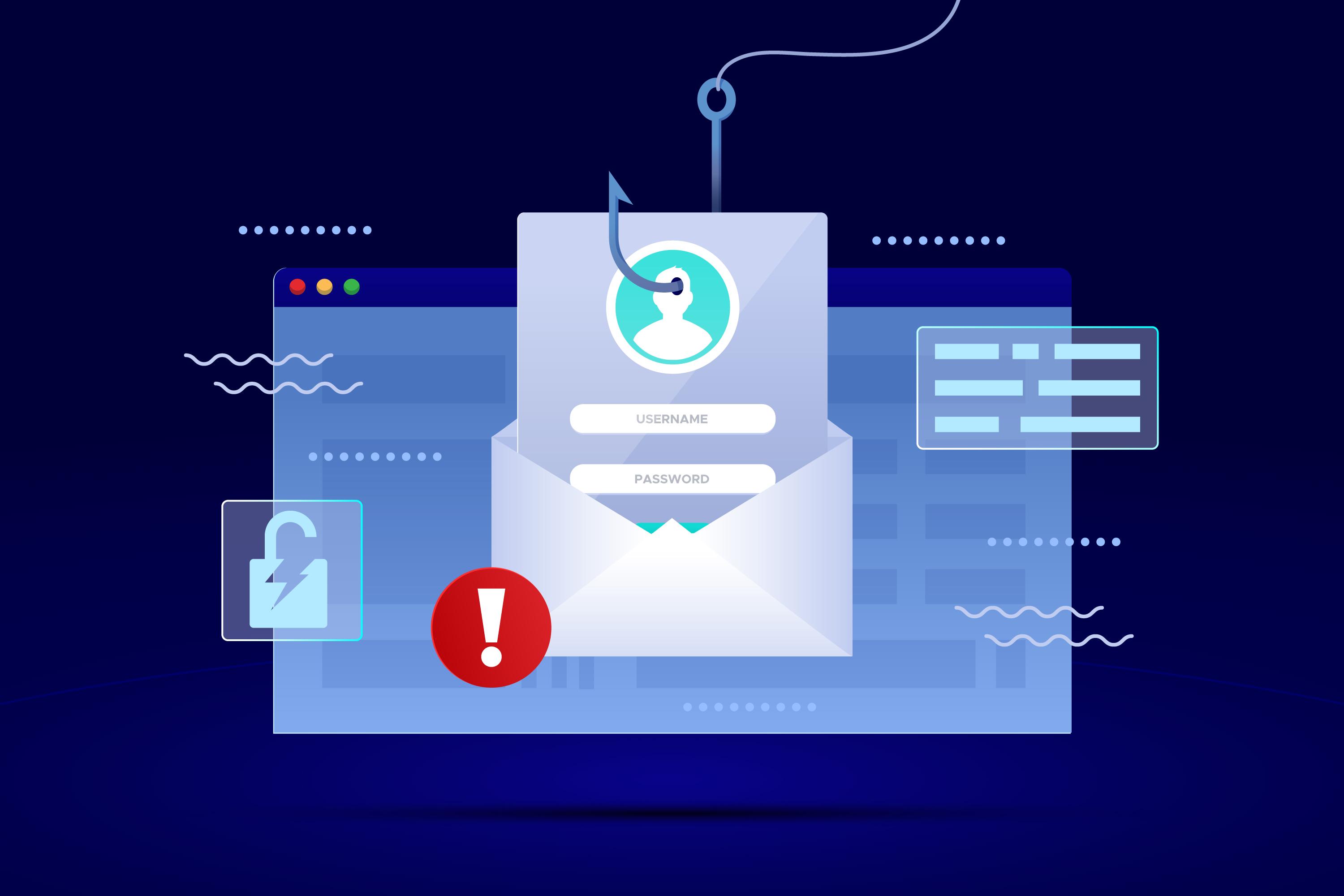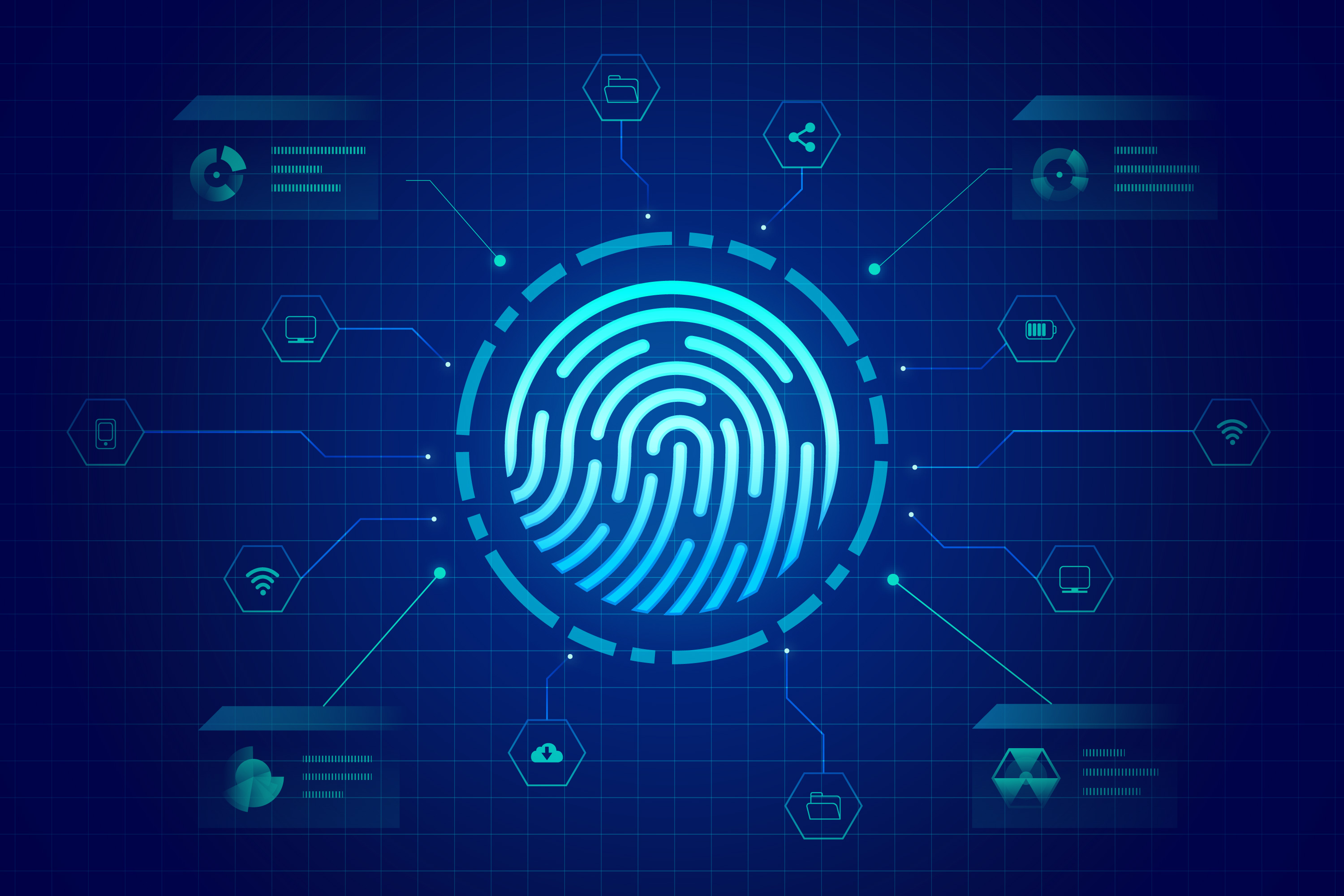
por Rebeca | Oct 26, 2023 | Ciberseguridad, Noticias, Soffid
En un mundo cada vez más conectado, las organizaciones se enfrentan a una creciente amenaza: el phishing y la suplantación de identidad. Los atacantes buscan aprovecharse de la confianza de los empleados para robar información sensible o comprometer la seguridad de la empresa. En este contexto, es esencial contar con una sólida solución de Gestión de Identidad y Acceso (IAM) como la ofrecida por Soffid.
El Riesgo del Phishing y la Suplantación de Identidad
El phishing es una táctica de ataque en la que los ciberdelincuentes se hacen pasar por entidades legítimas, como bancos, proveedores de servicios o incluso compañeros de trabajo, con el objetivo de engañar a los empleados y obtener información confidencial, como contraseñas o datos de acceso.
Cómo Soffid Aborda esta Amenaza
Soffid comprende la gravedad de la amenaza del phishing y ha implementado medidas avanzadas para proteger a las organizaciones. Algunas de las características y capacidades clave incluyen:
- Autenticación Multifactor (MFA): Soffid ofrece una autenticación sólida mediante MFA, lo que dificulta en gran medida que los atacantes accedan a cuentas y sistemas incluso si obtienen credenciales de usuario.
- Monitoreo de Comportamiento de Usuarios: La plataforma Soffid puede analizar el comportamiento de los usuarios para identificar patrones anómalos que puedan indicar intentos de suplantación de identidad.
- Gestión de Sesiones: Soffid controla y registra las sesiones de usuario, lo que ayuda a identificar y bloquear el acceso no autorizado.
- Educación y Concienciación: Soffid ofrece herramientas para capacitar a los empleados sobre la identificación y prevención del phishing, fortaleciendo la primera línea de defensa.
Beneficios de Soffid en la Lucha contra el Phishing
- Mayor resistencia contra ataques de phishing y suplantación de identidad.
- Protección de datos y activos críticos de la organización.
- Cumplimiento con regulaciones de seguridad de datos.
En un mundo donde los ataques de phishing se están volviendo cada vez más sofisticados, contar con una solución de IAM como la de Soffid es esencial para salvaguardar la integridad de tu organización.

por Rebeca | Oct 24, 2022 | Ciberseguridad
Security risk assessments are an important tool in your organization’s arsenal against cyber threats. Because they highlight areas of risk in your digital ecosystem. As well as informing and prioritizing mitigation strategies, and ensuring that hard-earned resources are allocated where they are needed most. Assessments can also help you assess your third parties to mitigate the very real possibility of them introducing unwanted risk to your organization.
Evaluating security risk is important for all companies. Most businesses carry sensitive information, ranging from employee data to customer details, this can be vital information to keep private. As a result evaluation prevents data loss. In addition to protecting the confidentiality of all parties involved and the assets of the company.
To successfully perform a vendor or internal security risk assessment, you need to combine automation with multiple tools. Which are based on data that provides a continuous and accurate picture of cybersecurity risk both internally and throughout your third-party ecosystem.
What is Security Risk Assessment?
The applications used in a company are the most exposed to security problems. Therefore, they must be studied and evaluated. Especially all those applications integrated in technologies and processes. By learning about these systems, companies can assess the risk that accompanies them. And use it to your advantage when looking for security information.
When the company maintains a high level of security, it is protected. Especially confidential information belonging to employees, companies, customers and partners. With these precautions, the risks of cyberattacks and data loss are avoided.
Despite the best efforts of your security teams, risk mitigation and remediation are often incomplete. Typically, this happens because you have an incomplete view of safety performance. Many organizations don’t have a clear idea of what systems, devices, and users are on their networks. This is why they do not have a way to efficiently identify, measure and monitor their risk profiles.
The digital transformation exacerbates the problem. As your organization’s digital footprint grows, identify vulnerable systems and assets. Identifying on-premises, cloud, and cross-business-unit facilities, geographies, remote locations, and third parties is not easy.
Security Risk Assessment Tools
Security risk assessment tools can range from physical security and ways to protect on-site data servers or digital tools such as network or server protection. To protect the data that may be compromised,backup processes. In addition to firewalls, antivirus programs.
See how Soffid can help you stay ahead of the curve in a rapidly evolving digital world. Share your requirements and a representative will follow up to discuss how Soffid can help secure your organization.
Sources:
(1) techfunnel.com
(2) IT Security

por Rebeca | May 24, 2022 | Ciberseguridad, Noticias, Soffid
Any government’s primary security challenge is data loss related to security breaches. Protecting sensitive data from being exfiltrated and falling into the wrong hands is a government’s responsibility to their people. This task is hard to accomplish because of the high number of user profiles and application systems. While a typical company has a huge workforce with a limited number of profiles, a government agency used to have more profiles than users.
For government, cybersecurity isn’t only a challenge—it’s a big obstacle to long-awaited digital transformation.
Biggest Cybersecurity Challenges in 2022
Because government agencies have data or other assets that malicious cyber actors want, they will often go to great lengths to get it. Due to the sensitivity of the information government holds and the persistence of many of those who are targeting it, government organizations don’t have the luxury of operating subpar cybersecurity without putting citizens’ data and potential essential services at unacceptable levels of risk.
Cyber risks are higher than ever and their impacts increasingly severe – every organisation needs to take steps to respond accordingly.”
Paul Kallenbach
Even the most sophisticated solutions may not be able to eliminate all vulnerabilities, but they can stymy many threats and help protect against the worst outcomes.
The biggest cybersecurity challenges in 2022 are:
- Increase in Cyberattacks
- Supply Chain Attacks Are on the Rise
- The Cyber Pandemic Continues
- Cloud Services Are A Primary Target
- Ransomware Attacks Are on the Rise
- Mobile Devices Introduce New Security Risks
See how Soffid can help you stay ahead of the curve in a rapidly evolving digital world. -more- Let’s talk!

por Rebeca | Abr 27, 2022 | Ciberseguridad, Recursos, Soffid
Security risk assessments are an important tool in your organization’s arsenal against cyber threats. They shine a spotlight on areas of risk in your digital ecosystem, inform and prioritize mitigation strategies, and ensure hard-earned resources are allocated where they’re needed most. Assessments can also help you evaluate your third parties to mitigate the very real possibility that they’ll introduce unwanted risk into your organization.
Evaluating security risk is important for all companies. Most businesses carry sensitive information, ranging from employee data to customer details, this can be vital information to keep private. By evaluating this risk, this helps prevent data loss, confidentiality for all parties involved and the protection of assets for the company.
To properly conduct an internal or vendor security risk assessment, you need to combine automation with data-driven tools that provide a continuous, accurate picture of cybersecurity risk both internally and across your third-party ecosystem.
What is Security Risk Assessment?
When looking at the assessment of security, this is done by looking at all the risks that certain applications, technologies, and processes that the company has integrated into their system. By knowing about these systems, companies are able to assess the risk that goes along with them and use that to their advantage when seeking information about the security.
By maintaining a level of security, this helps keep employee, business, customer, and partner information safe and to avoid any risk of cyber-attacks or data loss.
Despite the best efforts of your security teams, risk remediation and mitigation are often hampered by an incomplete view of security performance. Many organizations don’t have a clear picture of what systems, devices, and users are on their networks at any time and do not have a way to efficiently identify, measure, and continuously monitor their risk profiles.
The problem is compounded by digital transformation. As your organization’s digital footprint grows, identifying vulnerable systems and assets – on-premises, in the cloud, and across business units, geographies, remote locations, and third parties – isn’t easy.
Security Risk Assessment Tools
Security Risk Assessment Tools can range from physical security and ways to protect data servers on-site or digital tools such as network or server protection. This can relate to firewalls, anti-virus programs, or back up processes that help protect data in the case that they are compromised.
See how Soffid can help you stay ahead of the curve in a rapidly evolving digital world. Share your requirements and a representative will follow up to discuss how Soffid can help secure your organization.
Sources:
(1) techfunnel.com
(2) IT Security

por Rebeca | Feb 10, 2022 | Ciberseguridad, Noticias, Soffid

A convergent approach to enterprise security
Globalization, easy access to information, exponential growth of immigration and society diversity, worldwide political and cultural conflicts, all these phenomenons have impacted the threat paradigm of security that has also been immutably changed by domestic and foreign terrorism, and it is important a convergent approach to enterprise security.
Everywhere you go, organizations are in the middle of some sort of transformation. Whether it’s modernizing the platforms that have been there forever, trying to launch a data center in the cloud, or trying to manage manufacturing or IoT devices more efficiently, the size and shape of our digital footprint is changing. We no longer just have a “digital network”, or “digital services”, we now have an entire “digital ecosystem” and even that keeps expanding.
There’s no denying that we’re living in a time where the cybersecurity threat landscape is increasingly dynamic and complex. The landscape includes cloud-native environments, Infrastructure-as-Code (IaC), containers, secrets management, remote work
These new technologies and practices
Logically require security tooling to help address potential vulnerabilities and respond to threats and incidents when they do occur. However, there is a cost associated with the increased tool introduction and use.
Using multiple security applications results in identity sprawl. When a company uses siloed systems to manage its security risks without synchronizing them all, it creates a different identity for each application user. Few applications do not connect with the central server, forcing organizations to manage multiple identities.
Many organizations using cloud services have to suffer through various identity management. Organizations need to resolve identity sprawl issues to strengthen their cybersecurity and maximize security alerts. As every identity requires different credentials and passwords, it is impossible to keep track of them. Therefore, companies use the same passwords and account credentials for every application, pushing them to credential-stuffing.
If a company’s one application is targeted and breached, the attackers will gain access to the rest of the security applications and then sell this information on the dark web. From here, threats snowball, leaving the organization vulnerable to considerable brute force and hybrid attacks.
But how to have a convergent approach to enterprise security?
Product sprawl wastes many resources as the IT teams have to work overboard in software maintenance and individually train every employee to use all security products. It also wastes valuable time finding, opening, navigating, obtaining vital information, and switching between multiple products.
Product sprawl negatively affects individual and team productivity. When the teams have to operate numerous applications, it reduces the opportunity to work together and stay on the same page. Moreover, the transition from existing tools also becomes impossible as it requires training sessions to get them up to speed with every software.
What about Convergence?
We can define Convergence as the identification of security risks and interdependencies between business functions and processes within the Enterprise, and the consequential development of managed business process solutions to address those risks and interdependencies. This definition captures a significant shift from the emphasis on security as a purely functional activity, to security as an “added-value” to the overall mission of business. This is an
t starting point because it essentially changes the way the concept of security is positioned within the enterprise.
Future and approach to enterprise security
Managing the successful convergence of information and operational technology is central to protecting your business and achieving crucial competitive advantage
Identity Governance and Administration is– and to have effective security must be– that common meeting point of many different security disciplines.
To efficiently and effectively draw the security perimeter, it makes more sense to have a single, holistic view of organizational identities where you can determine policy, view posture, enact compliance, and respond to risk.
GRC (Governance, Risk Management, and Compliance) is the future of cyber security. A well-thought GRC strategy improves security objectives by better decision making, information quality, and team collaboration.
Cybersecurity platforms – A convergent approach
Makes it easy to transition new employees without extensive training. As the previous cybersecurity system needs to be manually monitored and tracked, GRC has automated firewalls. High-quality antiviruses and firewalls make businesses more secure, catching and destroying viruses before they breach the central data platform.
For organizations that are already worried about their cybersecurity incident response preparation. Once the accelerated pace of migration to the cloud brings on new and unique challenges. So in an attempt to close these security gaps, organizations spend on the latest cybersecurity tools.
Some special accounts, credentials, and secrets allow anyone who gains possession of them to control organization resources, disable security systems. Access vast amounts of sensitive data. Their power can provide unlimited access, so it’s no surprise that internal auditors and compliance regulations set specific controls and reporting requirements for the usage of these credentials. Interconnected IT ecosystems streamline business processes but often obfuscate core risks that need to be identified. Analyzed, and monitored to create an enterprise Governance, Risk, and Compliance (GRC) vision. Soffid is is equipped with federation functionalities, privileged account management, low level permits, separation of functions and recertification processes.
Final words about enterprise security
Our intelligent analytics continuously monitor for and identify new access. Risks while providing native connectors with GRC solutions so risk managers can create holistic enterprise risk management strategies.
Sources:
(1) riskandcompliancemagazine.com
(2) Pwc
(3) Deloitte
Picture: <a href=’https://www.freepik.es/vectores/fondo’>Vector de Fondo creado por freepik – www.freepik.es</a>






